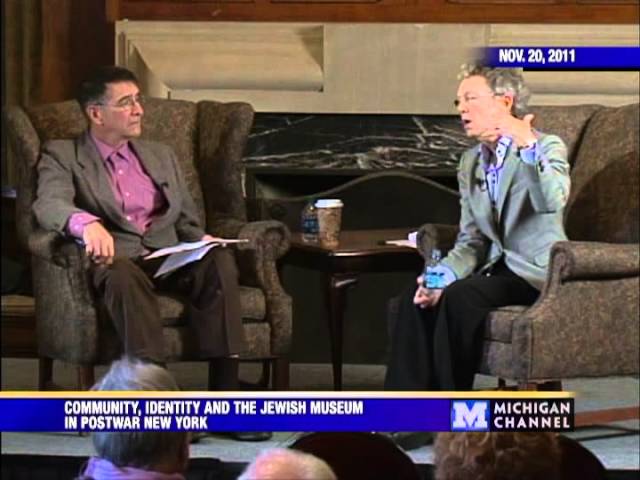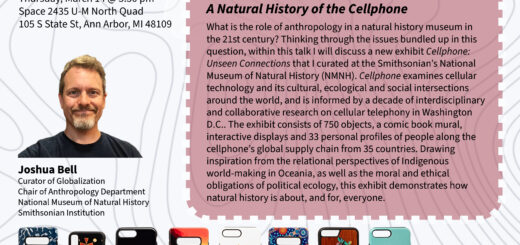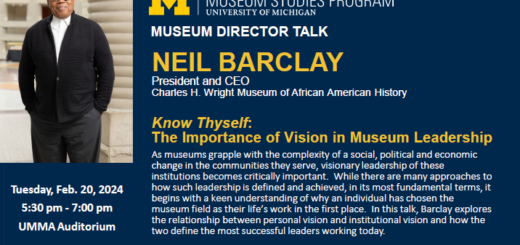Community, Identity and the Jewish Museum in Postwar New York

Jeffrey Abt, Associate Professor, Art and Art History, Wayne State University, and Deborah Dash Moore, Professor of History & Director, Frankel Center for Judaic Studies, UM, engage in a conversation about New York’s Jewish Museum and the nature of Jewish identity in postwar America. Fall 2011.
The Jewish Museum of New York was established within the Jewish Theological Seminary in 1904 but it began building a separate and prominent cultural presence when it moved to its present location on Fifth Avenue in 1947. Among the exhibits celebrating the tenth anniversary of that move was a show surveying the second generation of “New York School” abstract-expressionist painters. The exhibited works were decidedly non-Jewish in content and most of the artists were not Jewish. The show inaugurated the Jewish Museum’s foray into two decades of avant-garde exhibitions that made the museum the place for New York’s art-world denizens to see the freshest, most adventuresome art.
These avant-garde exhibits also provoked debates within the New York Jewish community about the purposes of the Jewish Museum, which, in turn, raised difficult questions about the nature of Jewish identity in postwar America. This clash of ideas occurred just as concepts of “identity” and “ethnicity” were entering mainstream-American social thought. The issues underlying the Jewish community’s debates provide early and telling evidence of American society encountering the rocky terrain of identity politics. That they arose in the context of the Jewish Museum’s avant-garde programs augured controversies in subsequent decades when museums increasingly became flashpoints as they were expected to either preserve or break down boundaries of religious, ethnic, racial, or national identities across America””challenges that endure today.
Abt and Moore will consider the following issues in their conversation:
- Why did midcentury American Jews feel a particular affinity for avant-garde art?
- Why did they choose to express that affinity through the Jewish Museum?
- How did attitudes toward assimilation or acculturation, or communal integration or separation, during that period affect New York Jews’ approaches to cultural participation in contemporary art?
- Why did the Jewish Museum’s avant-garde exhibition program end in the late 1970s?
Jeffrey Abt is an Associate Professor in the James Pearson Duffy Department of Art and Art History at Wayne State University. He pursued curatorial and exhibitions work at the Wichita Art Museum, the Special Collections Research Center of the University of Chicago, and at the University’s Smart Museum of Art, before coming to WSU. He is an artist and a writer and has exhibited his work widely in America and abroad. His writings include A Museum on the Verge: A Socioeconimic History of the Detroit Institute of Arts, 1882-2000 (2001) and “The Origins of the Public Museum” (in A Companion to Museum Studies, 2006). His next book to be published this Fall is American Egyptologist: The Life of James Henry Breasted and the Creation of His Oriental Institute.Deborah Dash Moore is Frederick C. L. Huetwell Professor of History at the University of Michigan and Director of the Jean and Samuel Franklin Center for Judaic Studies. For many years she taught in the Religion Department of Vassar College. She specializes in twentiety century American Jewish history. Her published works are numerous and include At Home in America: Second Generation New York Jews (1981), Jewish Women in America: An Historical Encyclopedia (1997), and American Jewish Identity Politics (2008).


